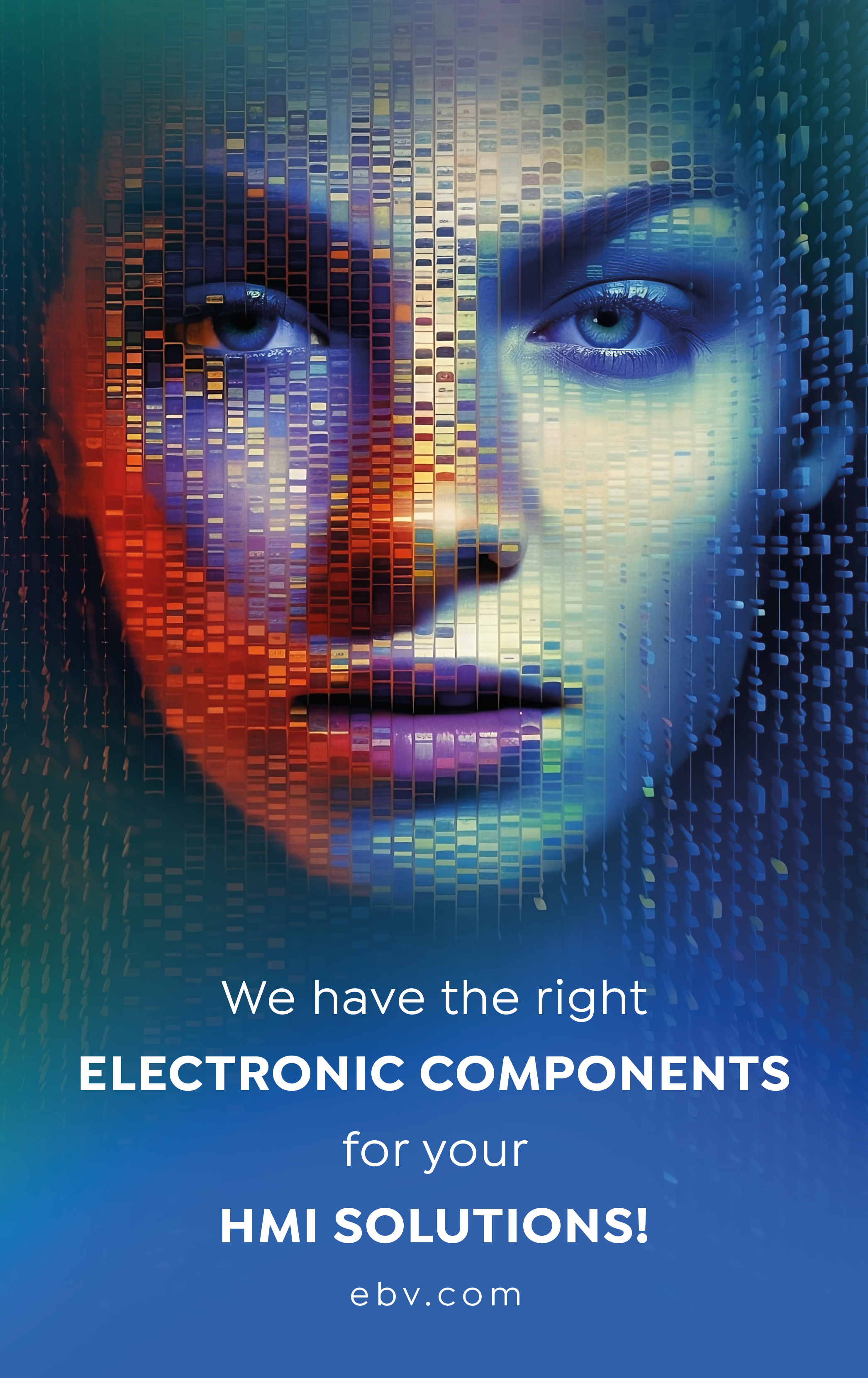Human Machine Interfaces are increasingly appearing in new and unexpected places, but this comes with a range of challenges. How can companies create rich animations and “smart” User Interfaces (UIs) on the latest embedded systems while keeping costs down?
Human Machine Interfaces exemplify the well-known idiom “putting information at our fingertips”. By replacing the push-button with displays and graphical representations, they have transformed how people interact with technology. In the 1990s, HMIs ran on PCs and CRTs (Cathode Ray Tubes), and engineers had greater flexibility thanks to Ethernet, GPUs and Windows. However, ever since HMIs branched out from the world of personal computers to run on embedded systems and LCDs, they have become truly ubiquitous. Many analysts point to the smartphone as the canary in the coal mine that demonstrated that low-power arm architectures could run graphical interfaces. Additionally, software and sensor innovations have enabled energy-saving paradigms on battery-powered systems. However, this new reality has also given rise to some unique challenges.
What are HMIs and why are they challenging?
In the simplest terms, an HMI is a User Interface (UI) representing a system’s control and monitoring features. It is often interactive thanks to a touchscreen or buttons, and it is highly popular because it enhances productivity by making complex systems easier to use and data more easily digestible. However, because HMIs can now run on microcontrollers, users want to use them everywhere. Consequently, engineers must create portable interfaces suited for different screen sizes and hardware specifications. This means dealing with widely different constraints while keeping costs down. Moreover, HMIs keep growing in complexity as developers add features like over-the-air updates and machine learning capabilities that need a UI. Put simply, HMIs now have to perform more tasks and run on more platforms while keeping costs down.
A solution at the crossroad of hardware and software
To solve this challenge, ST has released devices like the STM32MP13, the STM32MP2 and the STM32U599, among others. The first two microprocessors feature a Cortex-A7 and Cortex-A35, respectively, which means that they can run embedded Linux and all its graphical frameworks. They are also some of the most cost-effective devices of their kind; the STM32MP13 costing less than four dollars. Both support numerous communication interfaces, like Gigabit Ethernet. The STM32MP2 even offers compatibility for time-sensitive networking, meaning engineers can integrate HMIs into systems with stringent constraints without blowing their bill of materials. Similarly, the STM32U599 MCU opens the door to HMIs that weren’t previously possible on microcontrollers at this price point thanks to its NeoChrom GPU. This ST technology provides new hardware acceleration to enable a higher frame rate and smoother animations. Consequently, UI makers are now showcasing interfaces on our devices to demonstrate how engineers can run more feature-rich HMIs on a wide gamut of processing devices while keeping costs down.
HMIs have also become more efficient and convenient thanks to new sensors. For instance, the new STHS34PF80 thermal metal-oxide semiconductor (TMOS) from ST uses an infrared sensor with a wavelength between 5 µm and 20 µm. It provides presence detection at a fraction of the power consumption and the cost of what a regular sensor using a more complex VCSEL would require. This vastly increases the overall efficiency, making HMIs a reality on more systems. Similarly, while ST works with numerous makers of graphical frameworks, the company also provides TouchGFX, a free framework that takes advantage of all the hardware features baked into STM32 devices. Hence, taking advantage of hardware IPs is as easy as pushing a button in TouchGFX Designer, thus considerably optimising workflows.
What’s next?
The popularisation of machine learning at the edge is leading users to ask for smarter HMIs with modular interfaces and contextual applications. That’s why the STM32MP2 comes with a neural network accelerator. ST understands that design teams need to jump on the bandwagon early if they are to stay ahead of the curve. Additionally, as more users expect an HMI on products that previously had none, engineers must find ways to bring them to more systems. Understanding how to navigate constraints is thus essential, which is why ST often provides webinars, blog posts, documentation and tech demos. The key to tomorrow’s innovations in HMIs doesn’t solely lie in a product portfolio but in a different mindset around how we, as an industry, create HMIs and how they will improve our relationship with technology over the next decade.



